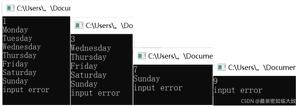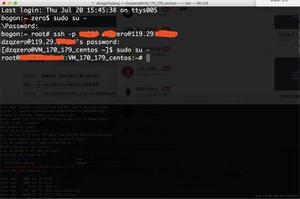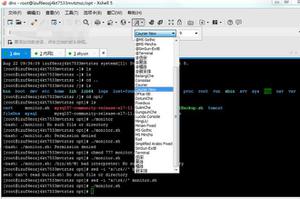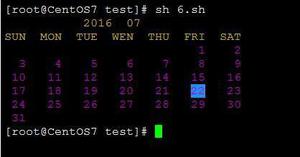C ++预处理器
预处理程序是指令,它们向编译器提供指令,以在实际编译开始之前对信息进行预处理。
p所有预处理程序指令均以#开头,并且一行上的预处理程序指令之前只能出现空格字符。预处理程序指令不是C ++语句,因此它们不以分号(;)结尾。
您已经在所有示例中看到了#include指令。此宏用于将头文件包含到源文件中。
C ++支持许多预处理器指令,例如#include,#define,#if,#else,#line等。让我们看看重要的指令-
#define预处理程序
#define预处理程序指令创建符号常量。符号常量称为宏,指令的一般形式为-
#define macro-name replacement-text
范例程式码
#include <iostream>using namespace std;
#define PI 3.14159
int main () {
cout << "PI的值:" << PI << endl;
return 0;
}
输出结果
PI的值:3.14159
条件编译
有几种指令,可用于编译程序源代码的选择性部分。此过程称为条件编译。
条件预处理器构造非常类似于“ if”选择结构。请看以下预处理器代码-
#ifndef NULL#define NULL 0
#endif
您可以编译程序以进行调试。您还可以使用单个宏打开或关闭调试,如下所示:
#ifdef DEBUGcerr <<"Variable x = " << x << endl;
#endif
如果在指令#ifdef DEBUG之前定义了符号常量DEBUG,则cerr语句将在程序中编译。您可以使用#if 0语句来注释掉程序的一部分,如下所示-
#if 0code prevented from compiling
#endif
范例程式码
#include <iostream>using namespace std;
#define DEBUG
#define MIN(a,b) (((a)<(b)) ? a : b)
int main () {
int i, j;
i = 100;
j = 30;
#ifdef DEBUG
cerr <<"Trace: Inside main function" << endl;
#endif
#if 0
/* This is commented part */
cout << MKSTR(HELLO C++) << endl;
#endif
cout <<"The minimum is " << MIN(i, j) << endl;
#ifdef DEBUG
cerr <<"Trace: Coming out of main function" << endl;
#endif
return 0;
}
输出结果
Trace: Inside main functionThe minimum is 30
Trace: Coming out of main function
以上是 C ++预处理器 的全部内容, 来源链接: utcz.com/z/326775.html








